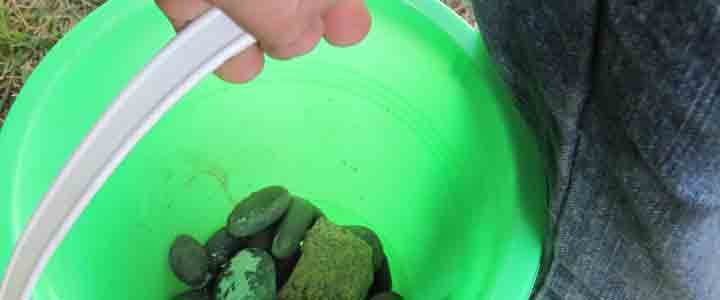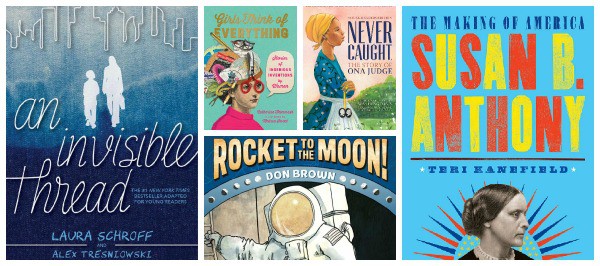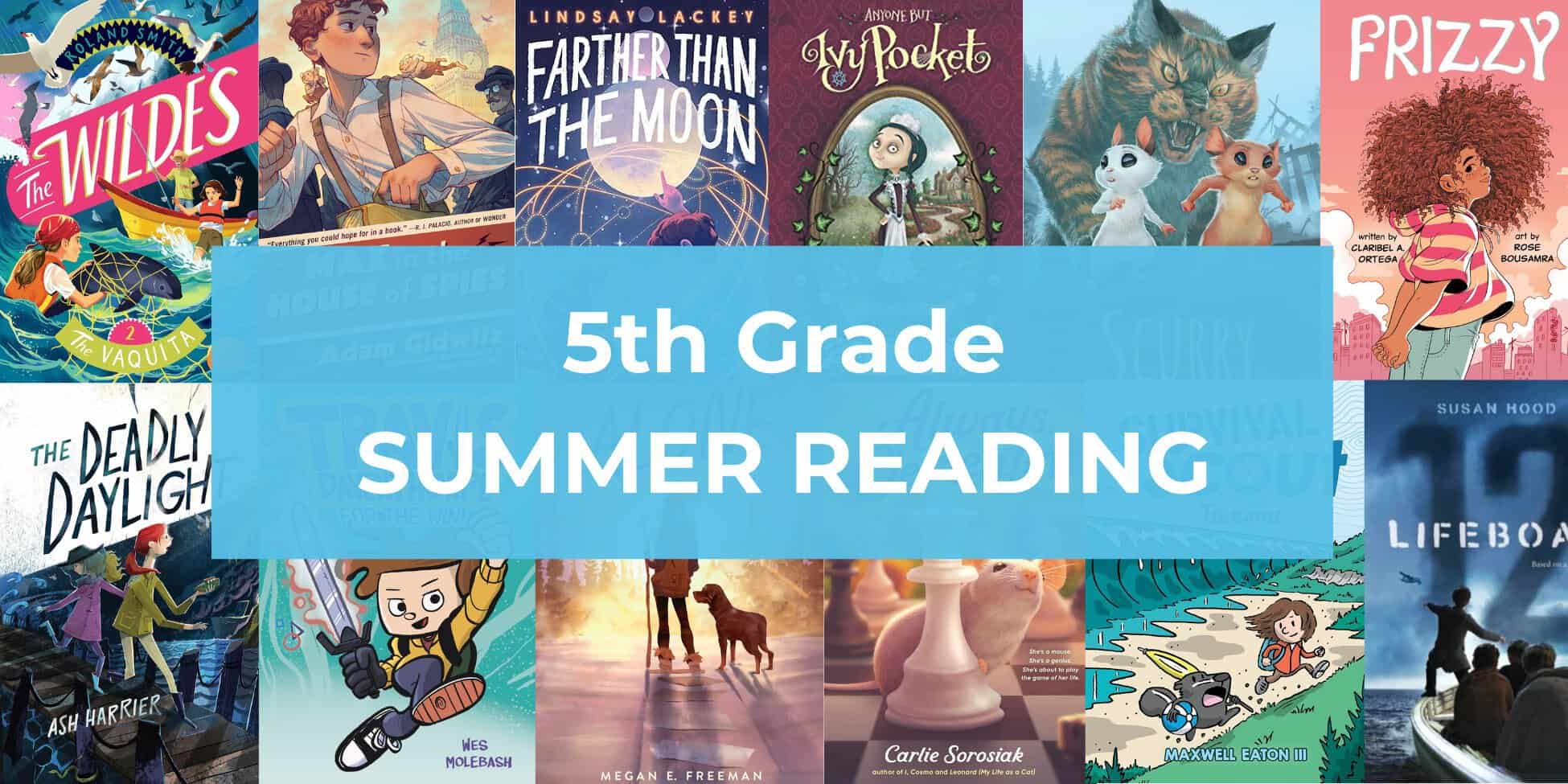A Reading Diet that Includes Picture Books
This post may contain affiliate links.
Recently, the New York Times article published “Picture Books No Longer a Staple for Children.” It turns out that their reporter inaccurately quoted a source and frankly, I wasn’t surprised – but that isn’t why I’m writing this post. Here’s what I do wonder . . .
Do we have a cultural paradigm that children shouldn’t be reading picture books because “good readers read chapter books”?
*(Despite the fact that most picture books are written at a high reading level with challenging vocabulary?)
How do we get children to pick picture books as well as chapter books?
Here’s what works with my third grader (eight-year old) – and I wonder if it can apply your kids, too. Does 1 + 2 = 3?
1. I provide the picture books.
At the library, Ani goes straight for the chapter book section. She won’t pick out picture books. So, . . . I do. Not only do I check out picture books, as you know, I get sent a ton of books to review for Colorado Parent magazine. Needless to say, we always have lots of picture books in our house.
2. I leave the picture books lying around.
I’m not a big neat freak – and we often have piles of books lying around not put in shelves. I watch as my daughter methodically reads through all the picture book piles. Sometimes I even ask her for her “help” in reviewing the books – and to read certain stacks. Sometimes, she surprises me with what she likes — books I think are kind of boring! She’s a huge non-fiction fan and right now is loving an A to Z of the Revolutionary War picture book.
3. Then daughter reads picture books.
Ani loves reading picture books, and sometimes wants me to read aloud the books to her – which I do!
What do you notice with your kids or students?
Do you think my method would work for your kids?







You mention that most picture books are written at a high reading level and vocabulary. When choosing picture books to share with very young children, one has to really search for those with great pictures, limited words and appropriately-stretching vocabulary, plus interesting-enough concepts/story to appeal to both the one doing the reading and the little listener. I wish there were many times more the short list of excellent ones we enjoy. I personally think the value of picture books is huge for sharing time together with our children, grandchildren and little friends.
As a 4th grade teacher, I use picture books all the tie. It’s a great tool for modeling reading and writing strategies. Dr. Seuss picture books, like The Lorax are perfect for teaching moral and social issues. I also love to immerse the kids with historical fiction picture books. FABULOUS!
As a former teacher, now stay-at-home mom, I know the value of using a picture book for teaching! Even in middle school and high school, a picture book is a great way to read an entire story in one sitting and teach on a particular concept (story elements, foreshadowing, etc.). Picture books can also be great supplements to science or social studies units. I think schools and teachers need to encourage picture books instead of pushing chapter books. We can also educate parents in this area.
This is a diet I really like! Thanks for sharing.
Many libraries have Illustrated Fiction sections in their library just for this reason. They are picture books written for older children. If they are labeled Illustrated Fiction it takes the stigma off of older children reading them and parents don’t have to hunt through all the picture books that are written for the very young!